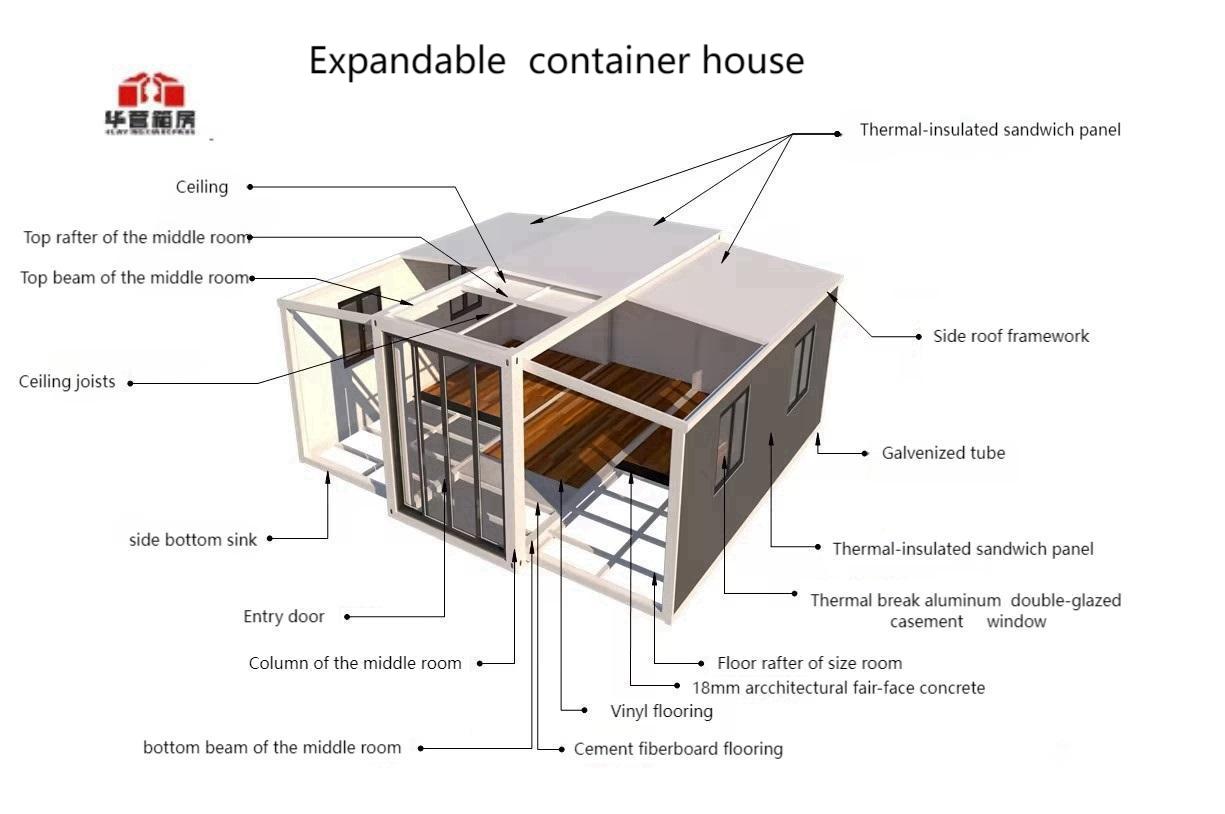Disposable houses are revolutionizing temporary living solutions with their cost-efficiency, rapid deployment, and eco-friendly designs. This guide explores their innovative structure, 3-hour installation process, diverse applications from disaster relief to events, and how they outperform traditional options.
What Exactly IS a Disposable House?
Picture this: A fully functional shelter that arrives flat-packed like giant LEGO blocks and transforms into livable space in under three hours. That’s the magic of disposable houses – not “disposable” as in single-use trash, but as in temporary, relocatable structures designed for practical short-to-medium term needs. Unlike traditional construction, these innovative dwellings prioritize speed, affordability, and sustainability using prefabricated panels made from recycled or recyclable materials.
Why Disposable Houses Are Changing the Game
Lightning-Fast Installation (Seriously, Watch This!)
The 1 advantage? Mind-blowing installation speed. Traditional construction takes months; disposable houses deploy in hours. Their secret? Precision-engineered interlocking panels that snap together without heavy machinery. See it in action:
Your browser does not support the video tag.
This video shows a 20m² unit being assembled by just four people in 180 minutes – no cranes, no cement mixers, no months-long wait.
Cost Efficiency That’ll Make Your Wallet Happy
Think 50-70% cheaper than brick-and-mortar alternatives. How? Eliminating these expenses:
- Zero foundation costs: Most sit on leveled ground or simple piers
- Minimal labor: 3-4 untrained workers can assemble them
- No material waste: Factories cut panels with 99% accuracy
- Reduced transport: Flat-packed design fits more units per truck
For context: A basic 20m² disposable unit costs ≈$3,500 vs. $15,000+ for equivalent traditional builds.
Eco-Credentials That Actually Matter
Modern disposable houses aren’t plastic tents! Leading models use:
- Structural insulated panels (SIPs) with recycled steel skins
- Bamboo composite frames (rapidly renewable)
- Non-toxic EPS or mineral wool insulation
- At end-of-life? >85% materials are recyclable
Their temporary nature also prevents land disturbance from permanent foundations – a win for sensitive sites.
Inside the Ingenious Design: More Than Just a “Box”

This cutaway reveals why these aren’t flimsy sheds. Note the critical features:
- Triple-Layer Wall System: Outer weatherproof skin + insulation core + inner hygienic lining
- Interlocking Corner Joints: Steel-reinforced connections handle wind loads up to 90km/h
- Integrated Utility Channels: Pre-routed paths for electrical/plumbing (no drilling!)
- Modular Floor Grid: Adjustable footings adapt to uneven terrain without concrete
Standard sizes range from compact 10m² units to expansive 50m² multi-room setups. Optional add-ons include solar roofs, composting toilets, and modular partitions.
Where Disposable Houses Shine: Real-World Applications
Disaster Relief & Emergency Response
When earthquakes or floods strike, these deploy faster than tents with far better security and insulation. NGOs like Red Cross now stockpile them – a single truck carries 10 family-sized units ready for immediate assembly in crisis zones.
Construction & Remote Worksites
Why rent expensive trailers? Construction giants use disposable houses as:
- On-site offices (with AC and WiFi capabilities)
- Worker dormitories (stackable for multi-story setups)
- Equipment storage (weatherproof and lockable)
After project completion? Units relocate to the next job site.
Events & Seasonal Operations
From festival medical tents to pop-up retail shops, their mobility is unmatched. Glamping resorts love them too – one luxury safari camp in Kenya swaps locations seasonally using disposable houses on skids!
Durability Myths Busted: How Long DO They Last?
“Disposable” doesn’t mean fragile! With proper maintenance:
- Standard units: 5-8 years lifespan (ideal for temporary needs)
- Premium models: 15+ years with upgraded coatings and frames
- Key enemies: Hail storms >3cm diameter, or improper disassembly
Pro tip: Choose galvanized steel connectors and UV-resistant coatings to maximize longevity in harsh climates.
Buying Smart: 5 Must-Ask Questions
Not all disposable houses are equal. Vet suppliers with these questions:
- What’s the R-value of insulation? (Aim for ≥ R-20 in cold climates)
- Are fire ratings certified? (Look for Class A or B certifications)
- What’s included in base pricing? (Windows? Doors? Flooring?)
- Is there a warranty? (Reputable brands offer 1-3 years)
- Can panels be replaced individually if damaged?
Top brands include Alibaba-certified suppliers like Huaying and EcoShelter – always request material test reports!
The Future: Smarter, Greener & More Connected
Innovations are accelerating:
- Solar-integrated roofs: Generating power while sheltering
- Mycelium composites: Growable, biodegradable insulation
- IoT-enabled units: Sensors monitoring temp, humidity, and structural integrity
- Urban pop-ups: Solving housing shortages in high-rent cities
As materials science advances, expect lifespan to extend while costs keep dropping.
Final Verdict: More Than Just a Temporary Fix
Disposable houses represent a paradigm shift – proving that temporary doesn’t mean inferior. Whether you need emergency shelter, a cost-effective site office, or a relocatable retail space, their blend of speed, economy, and eco-design makes them a compelling alternative to traditional construction. For short-to-medium term needs, they’re quite simply… a no-brainer.
